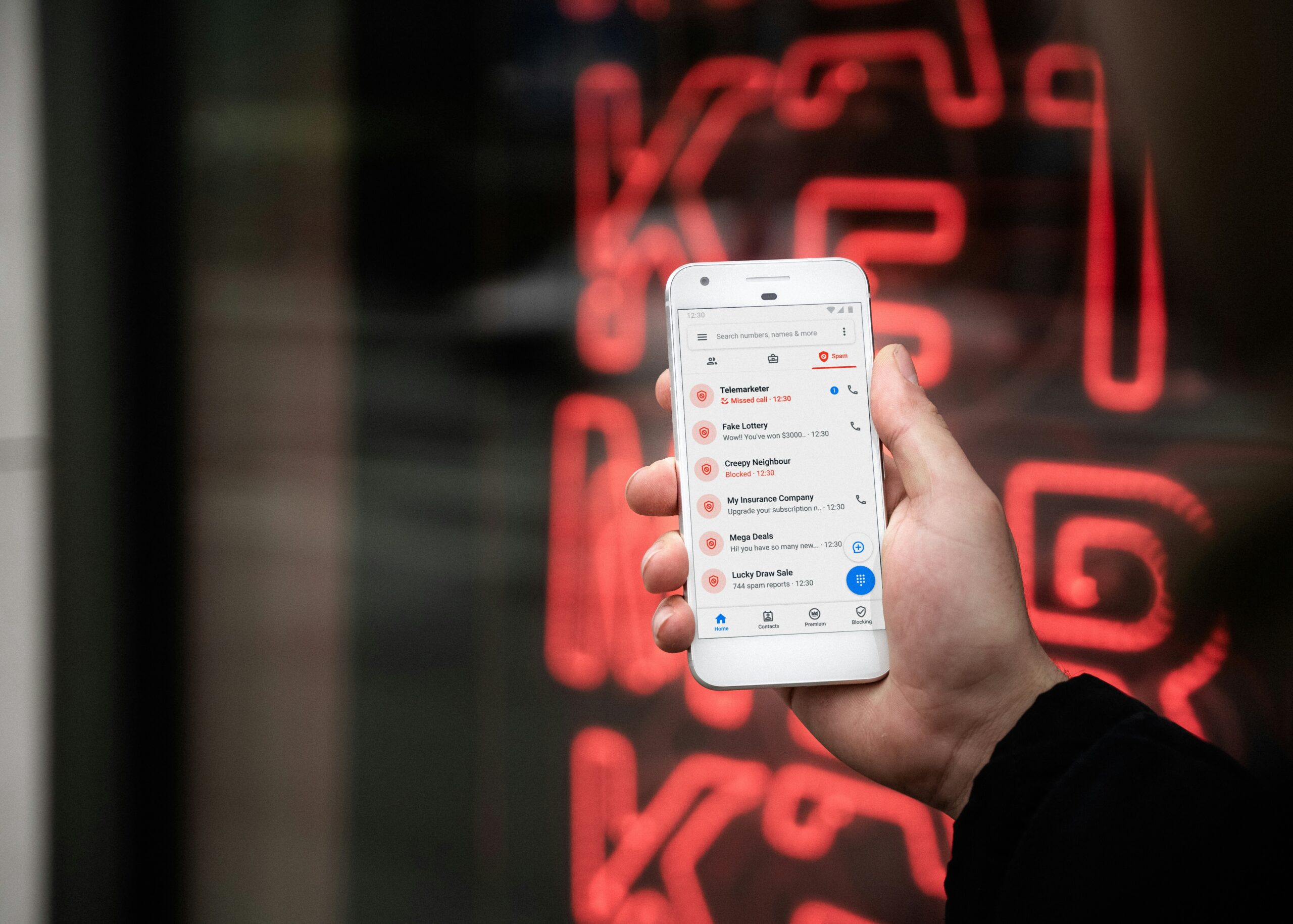Scams continue to improve in sophistication and grow in numbers. Scammers aim to get personal information that they can use to steal your identity or get access to your financial data.
One common scam involves the use of spoofed websites, which are clever imitations that resemble legit business sites. Banks and other financial institutions have had their sites spoofed, which is why it’s so critical to remain vigilant. Scammers use “sponsored links” to get more visibility and lure people into clicking on them and providing information, often unknowingly. Such deception can pose a serious risk, exposing people to potential identity theft, financial loss, and malware. Here’s how to protect yourself.
What to Watch For
Keep an eye out for the following areas of concern:
- URL issues: Watch for unusual domain extensions. Even something like a single letter out of place indicates that you’re on a spoofed site.
- Grammar and spelling mistakes: Legitimate business sites make efforts to avoid errors. If you see incorrect spelling, poor grammar, or formatting mistakes in content, that’s often a clue that you’re on a fake site.
- Privacy policy: Real sites have privacy policies available. If you don’t see one, think twice.
- False security notification: After navigating to a site, you may see a screen that notifies you of an issue with login and directs you to call a number. You could see wording that mentions “unauthorized activity” or other details designed to make you feel anxious or worried.
- Request for personal information: Most financial institutions do not ask for login information over the phone. If someone requests such information, like a username or password, do not provide it.
Protecting Yourself
Taking preventive steps can also reduce the risk of being scammed:
- Don’t search for sites: Rely on saved bookmarks when visiting sites, particularly financial ones, to avoid accidentally navigating to a spoofed site.
- Always question urgency: Most scammers will attempt to create a sense of urgency. You should question this by verifying all information through official channels.
- Use secure networks: Only access your financial accounts through secure networks. If possible, enable multi-factor authentication for increased security.
- Call before you act: Contact the company making the request before you take any action. For example, if you get a notification from your bank, use the number on the official website or your debit card to make sure you’re speaking to a genuine employee.







